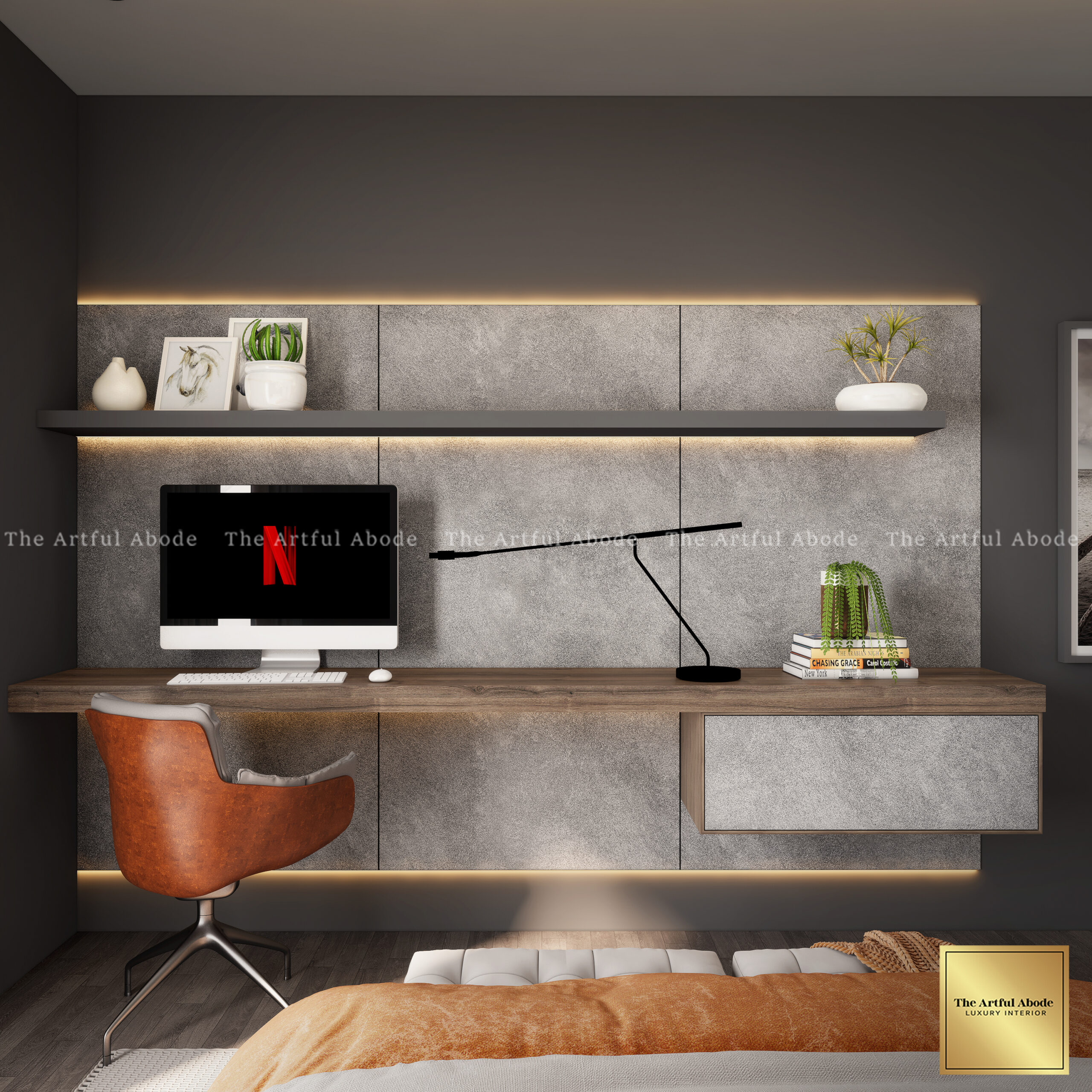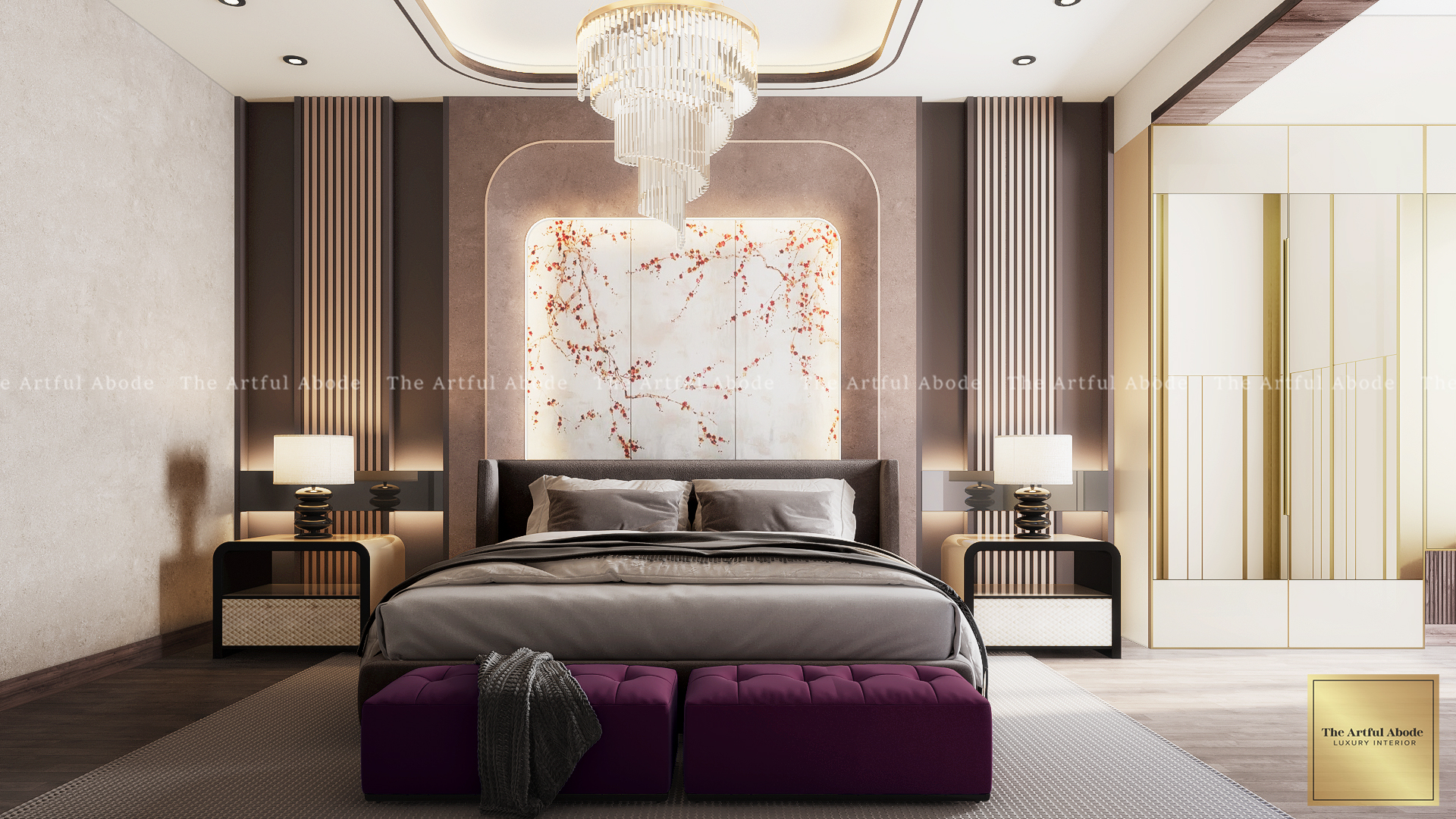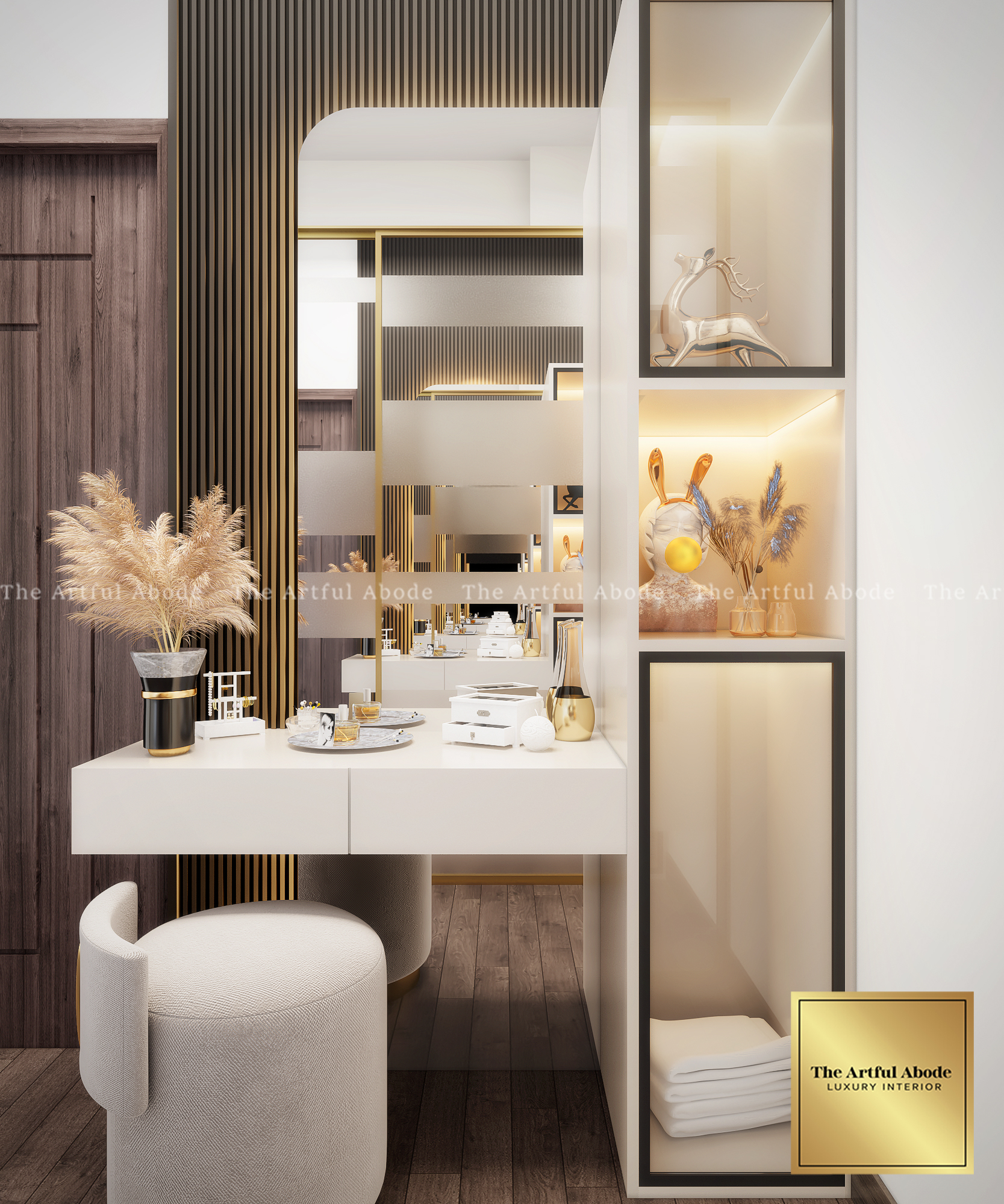The way it pools in corners, wraps around furniture, creates this whole mood. Thing is, most homeowners treat lights like an afterthought. It comes after picking sofas, after paint samples, sometimes after choosing artwork for the walls.
Bad move.
Fifteen years transforming Bangalore homes taught us one lesson over and over: interior design lighting changes everything. Spend ₹40 lakhs and get a space that's... fine. Or spend ₹40 lakhs and walk into something that actually feels luxurious, the kind of space where guests linger instead of rushing through.
What's the difference?
Usually how you light it. Not your Italian tiles or imported fixtures. Just smart choices about illumination.

Why Most Homes Completely Mess This Up
Picture the typical renovation timeline.
You're buying furniture, comparing sofas for weeks. Paint colors become this whole saga—is it sage green? That moody charcoal? Hours spent on marble samples for the kitchen, finding one with beautiful veining that elevates the entire space.
Then it's time to handle the electrical work.
Everyone suddenly wants to wrap things up. Contractor's pushing deadlines. You're exhausted from decisions. A couple ceiling fixtures go in. Some downlights. Done, right?
Wrong.
Your space looks flat. Overhead lights throw shadows in all the wrong places. Reading becomes this awkward thing where you're tilting your book trying to catch enough brightness. That gorgeous textured wall you stressed over? Completely bland now.
The Three Layers Every Sophisticated Home Needs
Professional designers don't think about lights as one decision. We think in layers. Like composing music where different instruments play together—each one essential, none of them working alone.
Ambient Lighting: Your Foundation
Think of ambient lighting as your base layer. The general illumination that lets you move through a room safely and comfortably. But here's where most people go wrong—they think one central ceiling fixture handles everything.
It doesn't.
For a living room in a typical Bangalore 3 BHK, you need multiple sources. Ceiling-mounted fixtures, sure. But also wall sconces. Cove lights along the ceiling perimeter. Maybe backlit panels. This creates even illumination that feels natural instead of clinical.
Color temperature matters here. Warm white (2700K-3000K) makes spaces feel inviting. Cool white can make even expensive materials look institutional and cheap. Nobody wants their living room feeling like a government office.
Task Lighting: Where Function Meets Precision
Task lighting is your focused, practical layer.
Bedside lights for reading at night. Kitchen under-cabinet setups so you're not chopping vegetables in shadows. Desk lamps in your home office positioned so video calls don't leave you looking like a villain from a noir film.
The trick? Getting specific about placement. Your bedside light? It should hit the pages of your book while your partner sleeps undisturbed on their side. Kitchen counters need enough brightness for detailed knife work, but not so much intensity that cooking feels clinical and harsh. We usually recommend adjustable fixtures for these applications—being able to redirect light or dial intensity up and down makes a massive difference. Morning coffee prep and evening dinner cooking require different lighting moods entirely.
Accent Lighting: The Drama Maker
This is where things get interesting.
Accent lighting creates visual interest. Highlights architectural features or art pieces. It's what makes people walk into your home and pause. "Wow, this feels special." They might not know why, but they feel it.
Picture lights above artwork. LED strips behind your TV unit creating that floating effect. Uplights washing your textured stone wall with warmth. We recently did a Whitefield project where accent lights transformed a simple pooja room into something ethereal—dramatic shadows and golden highlights making the space feel divine.

The Fixture Selection Nobody Talks About
Choosing lighting fixtures is where design meets practicality. And it's more complex than picking something that looks good in a showroom under their carefully planned display setup.
Scale matters enormously. That chandelier at the store looked perfect, right? Except the showroom ceiling was probably 14 feet high. Your living room? Ten feet. Bring that fixture home and it overwhelms the entire space, hanging too low, feeling too heavy, just... wrong.
There's a useful trick for dining rooms. Take the room length in feet, add the width in feet. Use that total as your guide in inches for fixture width. A 12-by-14 dining space? You want something around 26 inches wide. Simple enough, and it saves you from expensive sizing mistakes.

Materials Matter Beyond Aesthetics
Materials matter beyond just aesthetics. Brass develops character over time, that lovely patina everyone loves. But Bangalore's humidity? You're polishing it monthly. Chrome stays bright with minimal effort—wipe it down occasionally, done. Glass creates beautiful light diffusion but shows every bit of dust, particularly if you're near any construction.
Common Mistakes That Cost You Thousands
Even well-intentioned homeowners repeat the same errors:
Single Switch Controlling Everything
Imagine spending ₹15 lakhs on your living room. Then installing one switch for all the lights. You've locked yourself into extreme choices—blazing bright or completely dark. Nothing in between. Never quite right.
No Dimmers Installed
Saving ₹3,000 by skipping dimmers seems smart initially. Then you live with it. That flexibility to adjust mood and function throughout the day? Gone. That small saving haunts you daily.
Ceiling Gets Ignored
People call it the fifth wall for a reason. Light it properly and rooms feel taller, more spacious. Critical in Bangalore's typically compact apartments where perceived space matters enormously.
Foyer as Afterthought
First impressions count. Your entrance needs appropriate illumination—functional enough to see clearly, warm enough to feel welcoming. Not interrogation-room intensity. Not stumbling-around dimness either.

The Artful Abode Approach
When we design for a home, we start by understanding how you actually live. Not how magazines suggest you should live. Your real daily patterns.
Host dinner parties regularly, or is your dining table usually buried under laptops and work files? Read in bed before sleeping, or fall asleep watching shows? Kids need study-appropriate brightness, or are we designing a couple's sanctuary?
Then we create solutions supporting these actual activities. Layering ambient, task, and accent sources. Specifying color temperatures room by room—your bedroom shouldn't feel identical to your kitchen. Integrating smart controls where they genuinely improve life, not just showcase technology. And planning for flexibility because your needs shift over time, your setup should shift too.
Transform Your Space with Strategic Lighting
Truly luxurious homes aren't always the ones with massive budgets.
They're where every element—including illumination—gets thoughtful consideration.
At The Artful Abode, 15 years have taught us Bangalore's unique challenges. Managing intense sunlight through south-facing windows. Creating monsoon-resistant outdoor setups surviving June through September. Whether designing a complete 3 BHK or upgrading your living room, professional approach delivers immediately visible, permanently valuable transformation.
Ready to see your home differently? Let's create something extraordinary together.